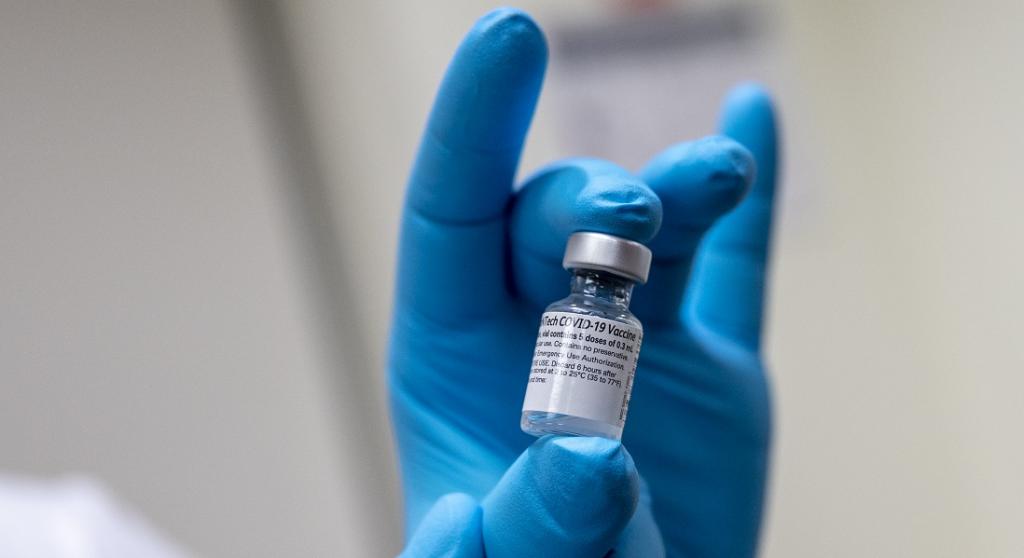The global pandemic has affected both developing and developed economies at large. With plummeting retail sales and redistribution of expenditure, no business or organization could have prepared for the required corporate restructuring.
The UK was one of the most gravely affected countries. It saw the largest decline in GDP growth, which is -9.8% based on a year-on-year percentage change in 2020. In fact, economically, the UK was the hardest hit out of the G7 group of most industrialised countries. In the course of 2020, the percentage of excess deaths over an 11-week period seesawed between 55% and 52%.
Whilst the country faced deaths in exorbitant numbers and a struggling economy, lockdown and social distancing protocols ensured discontinued public activities and gatherings. Bars, restaurants, pubs and other services faced closure or limited hours and earned insufficient revenues to stay operational. This inadequacy led to a large number of layoffs. Over 11,000 high street fashion retail outlets were permanently shut down over the last year; is what the future has in store just as bleak?

2020 in a Nutshell
- COVID-19 caused the greatest number of deaths in the UK since 1918 with over 150,000 deaths and 80,000 cases in the course of the second wave.
- Britain is currently witnessing the roads at its quietest since the 1950s with international travel plummeting by 91%.
- The stock markets saw their worst crash in the first half of 2020 since Black Monday, 1987.
- Consumer price index is witnessing a fall as most businesses are cutting costs for encouraging buyers to purchase their products with prices seeing zero inflation in the latter half of 2020.
- Unemployment rates reached 5%, up from 4% prior to the pandemic with an additional 1.7 million people added. Whilst peak unemployment was forecast to reach 12%, the figure floated significantly under in reality.
- The UK government has spent over £400 billion on emergency responses since the pandemic started with tax revenues dwindling from lack of employment and purchasing. It is said the government’s budget deficit is likely to reach £355 billion, a whopping 17% of the GDP for the financial year ending in March.
- GDP has shrunk the most since 1709.
- Prices on the housing market have significantly increased, despite the overall recession brought about by the pandemic.

2021 – Moving Forward
The second half of 2020 was definitely in better shape than the first. A large number of households decided to save more during this period. The Office for National Statistics (ONS) claims the economy expanded by 16.9% and 1.3% in the third and fourth quarters of 2020, respectively, against the estimates of 16.1% and 1%. This increase acted as a springboard for the growth and development expected from 2021.
With the growing number of vaccinated adults, the threat of COVID-19, whilst still prevalent, is inching towards being manageable. The workforce is returning to duty and stringent measures to prevent further transmission are slowly loosening up for businesses to function with some degree of normalcy. As a result, the year is likely to see GDP returning to pre-COVID levels as time moves forward.

The Bank predicts a growth of 7.25%, up from the previous growth of 6.25%. This is definitely attributed to stronger spending, as over the peak of the pandemic, households in the UK were able to save over £125 billion more than they normally would. The figure is still growing. The economic collapse is also considered not as bad as it was thought. The UK successfully avoided a double-dip recession and interest rates were on a record low of 0.1%.
The US and The UK
The US government aggressively attempted to combat concerns around income and employment loss through stimulus packages. The country has spent over $1.9 trillion on such packages approved as of March 2021. Those include a $1,400 cash payment for most or all of its citizens with over 90 million payments made.
The stimulus package eligibility lies with the tax status and income. Of all American households, 85% will receive payments. Households with larger families or a higher number of family members will receive proportional payment increases in thousands.
The stimulus packages offer large potential benefits, especially to the UK investors in the following two ways.
1. Boosting Worldwide Economic Growth
The Organization for Economic Co-operation and Development (OECD) has projected a worldwide GDP growth of 5.6%, up from the previous 1% projected for this year. The vaccine rollout has truly changed how businesses and populations can now interact; it has been especially helpful with the US economy.
The Bank of England corroborated the same with its decision to hold onto the low 0.1% interest rate currently being offered. As of February, GDP growth globally has been getting stronger. The OECD analysis also forecasts UK growth at 5.1% this year and 4.7% for 2022. These estimates have been revised from the previously curated numbers of 4.2% and 4.1% in December 2020.
2. Increased Likelihood of Investment
A poll conducted by Deutsche Bank covering 400 American citizens revealed a growing number of US citizens are looking to invest substantial amounts provided by their stimulus packages. The investors belong to the age group of 25–34 years and are likely to invest 50% of their payments. It was also estimated that retail investors are likely to purchase $3 billion worth of equities on the stock market contingent on stimulus cheques clearing.
With positive outlooks on the world economy, why has the US stock market been volatile over the past month? It is said investors are worried the rapid recovery and spending is likely to bring about inflation. The US Federal Reserve forecasts inflation to increase from 1.8% to 2.4%. It is important to note that unlike the 1970s, commodities cannot stay in shortage for long. With rising employment opportunities and supply hikes, even if drastic inflation rates settle in, they will not stay in place for too long.
The US and the UK were also on the receiving end of more vaccines per 100 residents than most other countries. The US with 34.1 and the UK with 40.5 people vaccinated per 100 citizens demonstrate the extent of solidarity. The rest of the EU, in contrast, offers only 12 first doses per 100 residents.

Conclusion
As a first world country and a stimulator for a number of economies worldwide, the UK has both felt the brunt of the pandemic and has worked actively to alleviate the same. The vaccine rollout has been one of the main causes of the UK economy getting back on its feet. With more vaccines offered and capitalised, the risk of spreading of the lethal disease becomes less menacing and residents can finally put their savings to good use.
In addition, the recovering global economy definitely adds to the growth of GDP in the UK. With travel contingent on the type of vaccine administered, individuals are able to now move in and out of the country, bringing nothing but opportunities. With the projected figures looking as positive as they do, the UK just has to stay on track in order to remedy the damage caused by the pandemic and assist struggling countries with similar measures.









